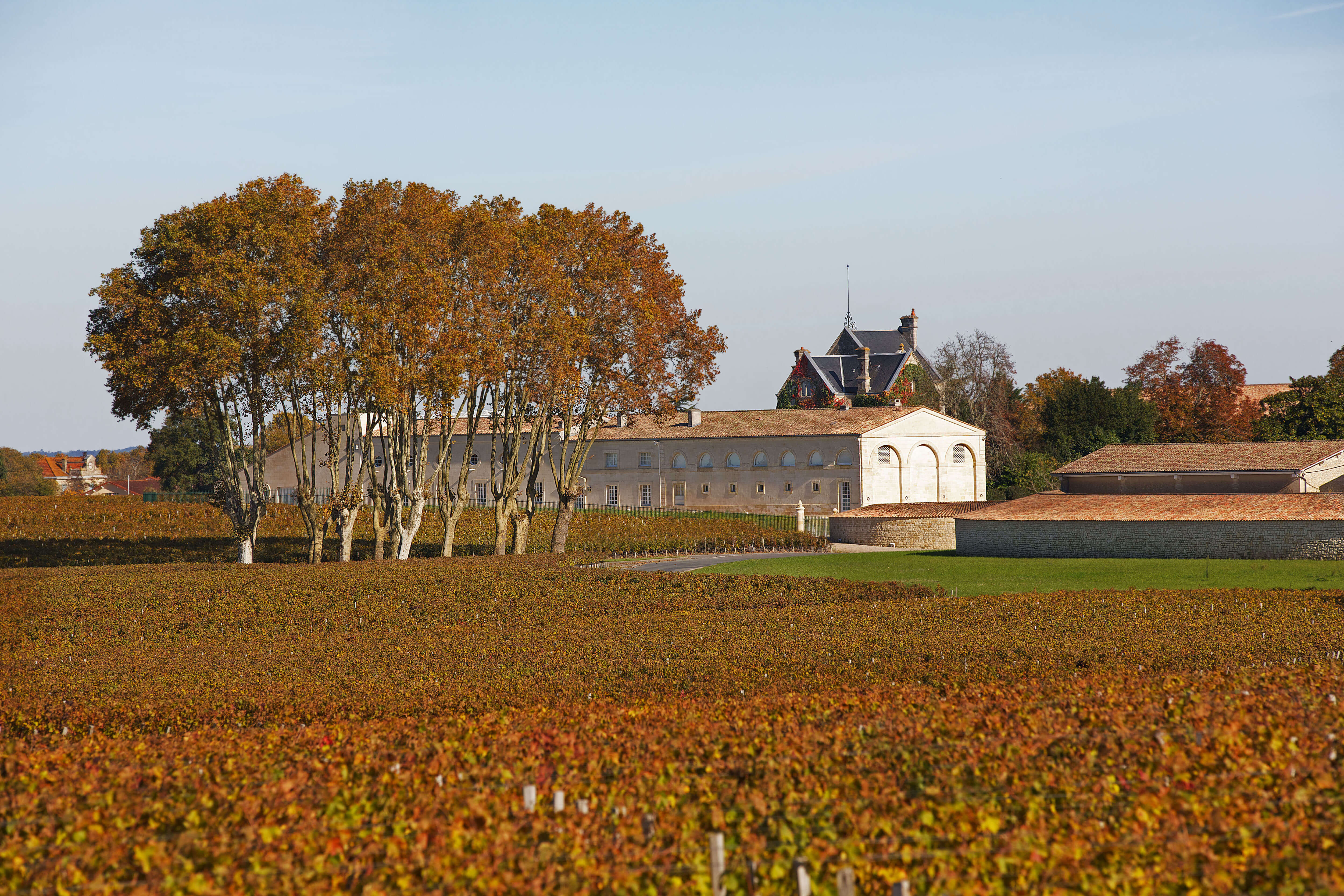
Château Mouton-Rothschild vineyards in autumn Image: Mathieu Anglada Saison d’Or
We all know that collectors of fine art are liable to collectors of great wine: how better to appreciate a Joan Miró painting or Takashi Murakami installation than over a glass of one of the world’s finest wines?
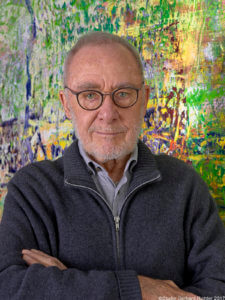
Gerhard Richter. Image: Studio Gerhard Richter, 2017
Château Mouton Rothschild, one of the great estates of Bordeaux, takes the connection further, commissioning a different leading world artist to design its label for its top wine every year. To collect bottles of Mouton from the past sixty years is to be immersed in original creations from the likes of Miró, Pablo Picasso, Jeff Koons, Francis Bacon, David Hockney, Lucian Freud, Keith Haring, Wassily Kandinsky – the list is a who’s who of the world’s great artists.
Follow LUX on Instagram: the.official.lux.magazine
So it’s no surprise that the latest, 2015, vintage has been announced to be sporting a label by the great German expressionist Gerhard Richter – indeed, one could wonder what took the collaboration so long. Richter’s other-worldly ability to reinvent himself, to pioneer new genres, and to blend elements of the social commentary so prevalent in contemporary creative culture with the purism of fine art, makes him the most collectible living artist. His works sell for tens of millions – a development which he apparently scorns.
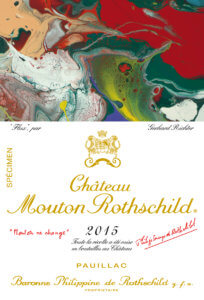
Gerhard Richter’s label for the 2015 vintage
The work he created for his label, Flux, is stunning, alive, compelling, angry and colourful. The technique he uses involves spreading enamel paint on a plate of plexiglass on which he then presses and moves another glass plate to generate a swirling composition of colours. Richter then photographs the still fluctuating colours when he considers their composition to be momentarily harmonious.
It is appropriate that Richter, who turns 86 next year and who spends his summers at the other-worldly Waldhaus Sils in Switzerland’s high mountains, has been paired with 2015, one of the greatest vintages of recent times. Like the 2015 ‘grand vin’, he is an artist whose works will stand the test of decades – and even centuries.
chateau-mouton-rothschild.com/label-art

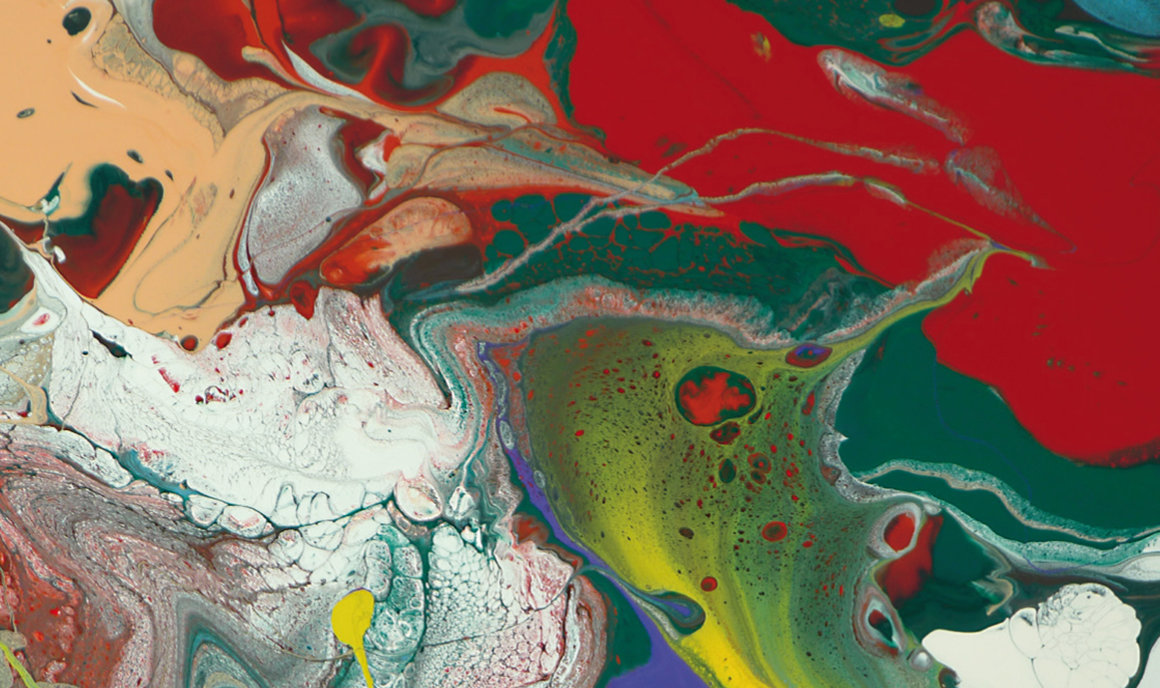
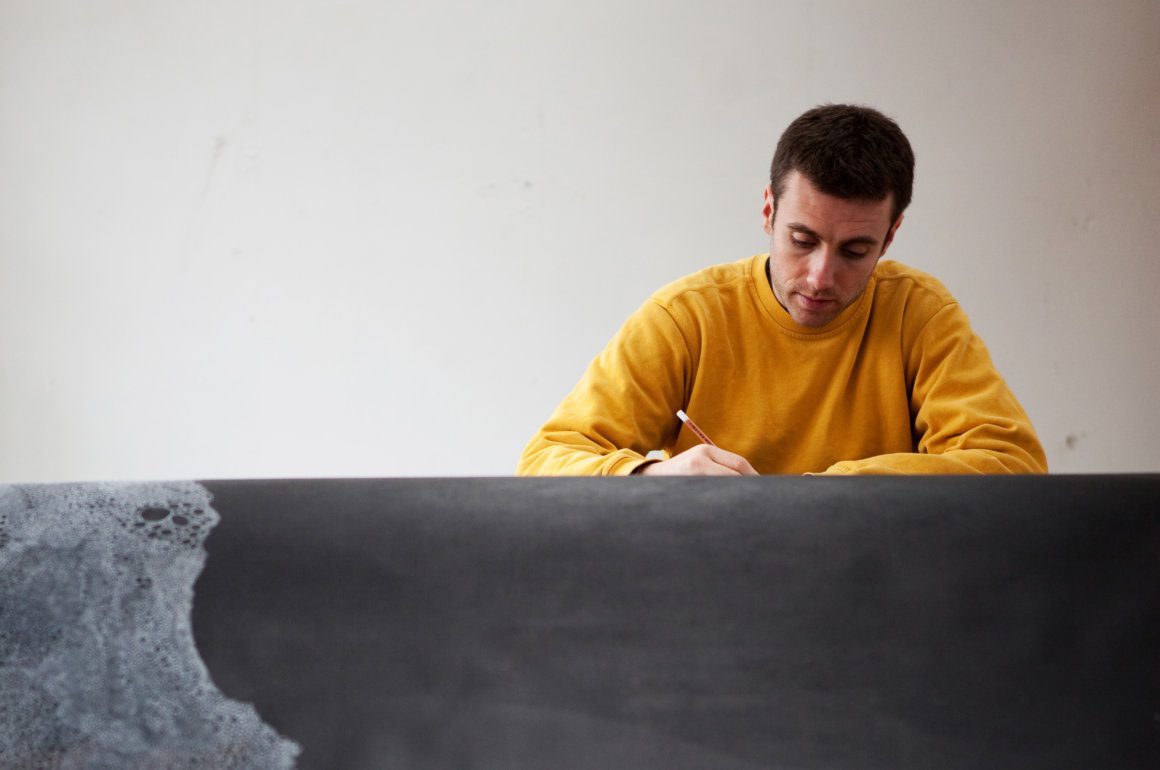
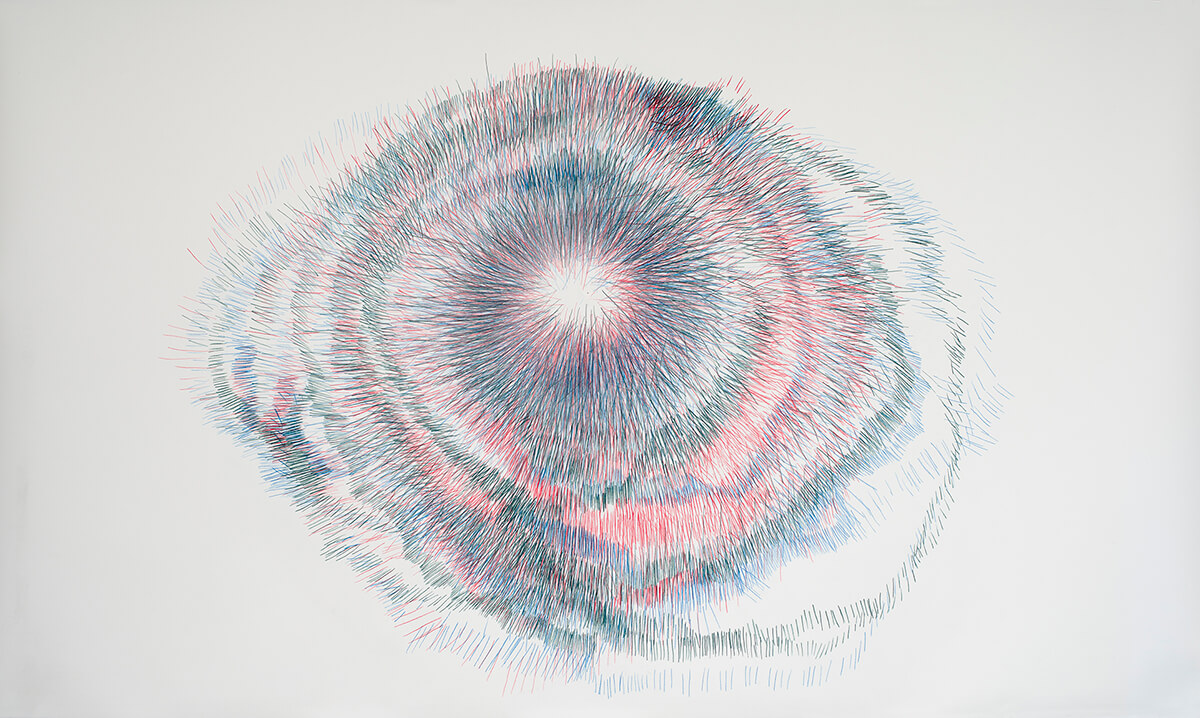
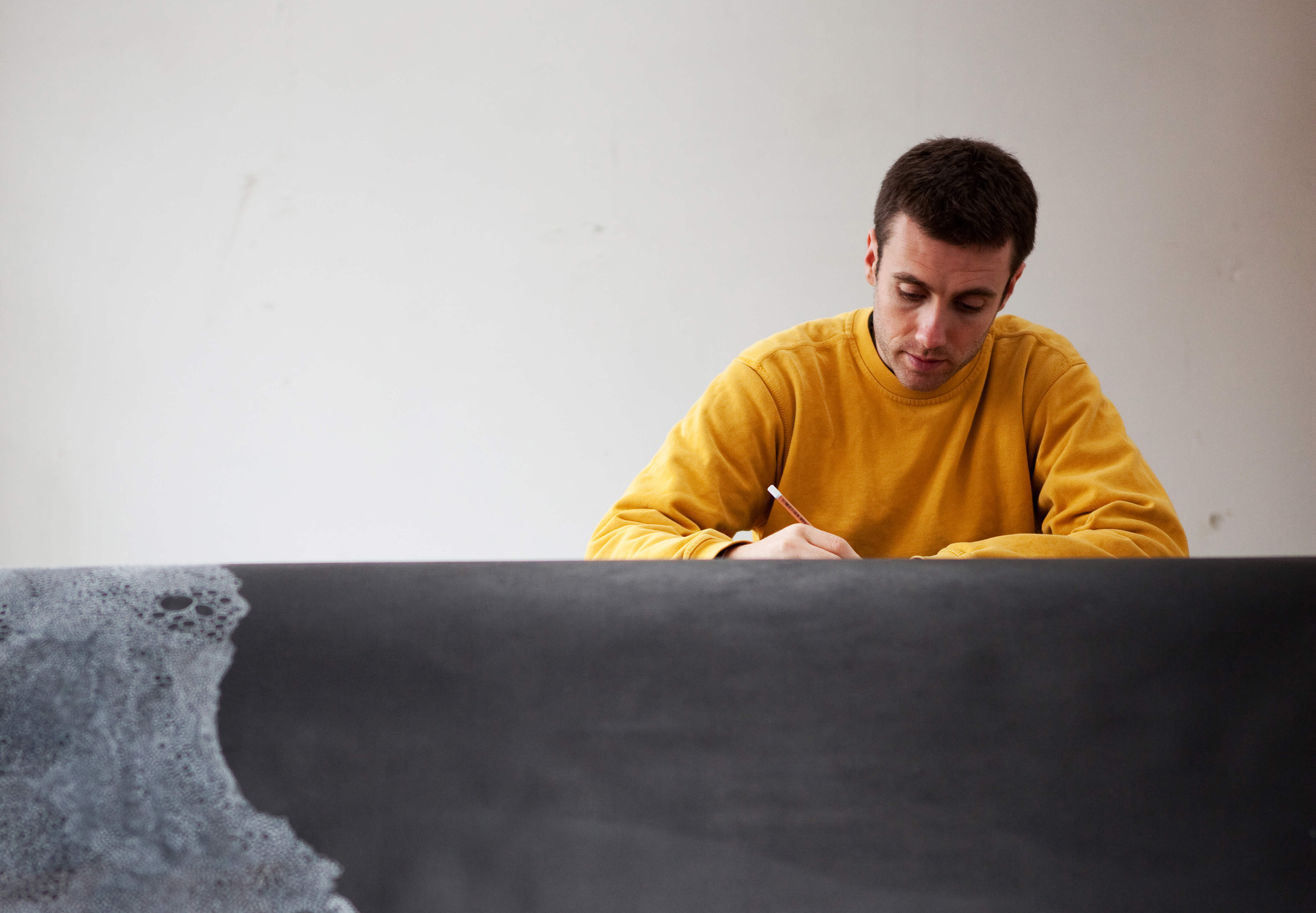
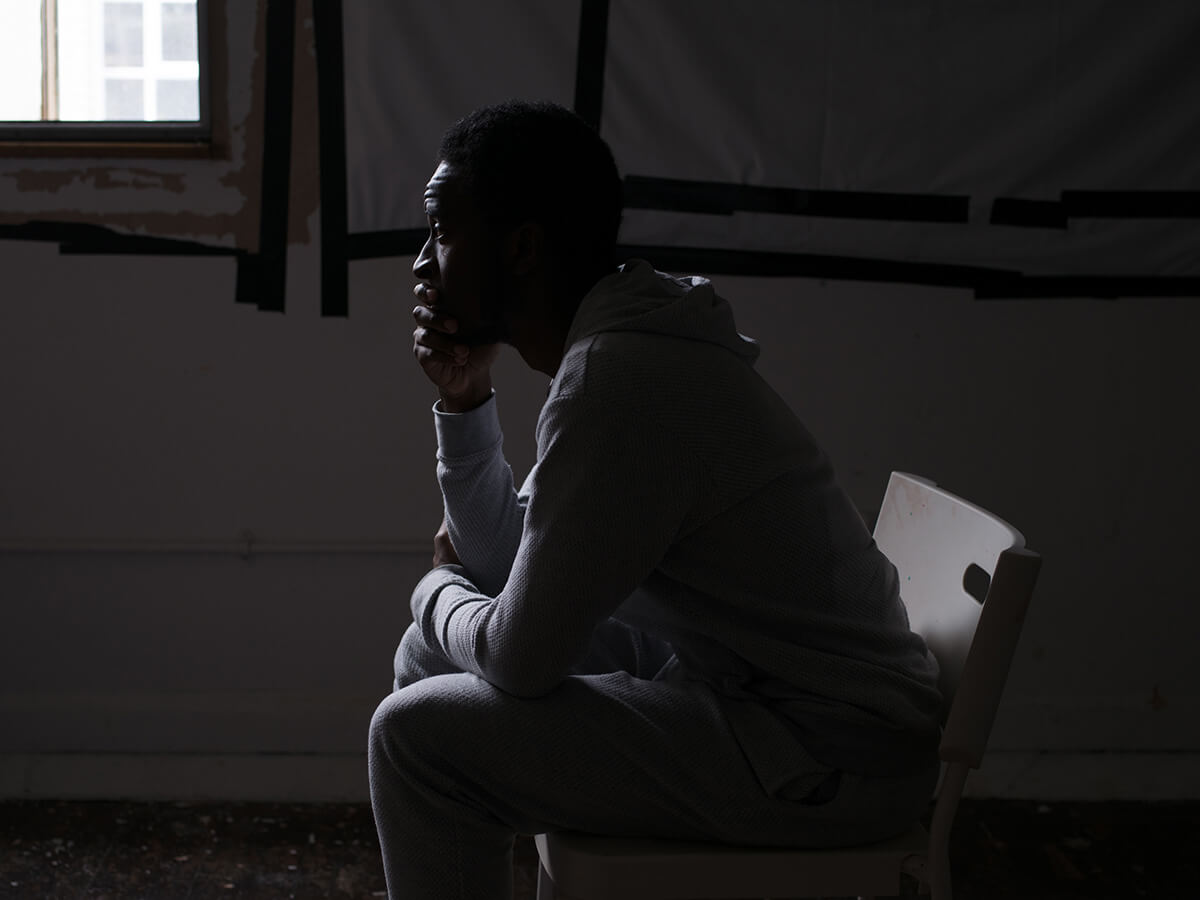





Recent Comments